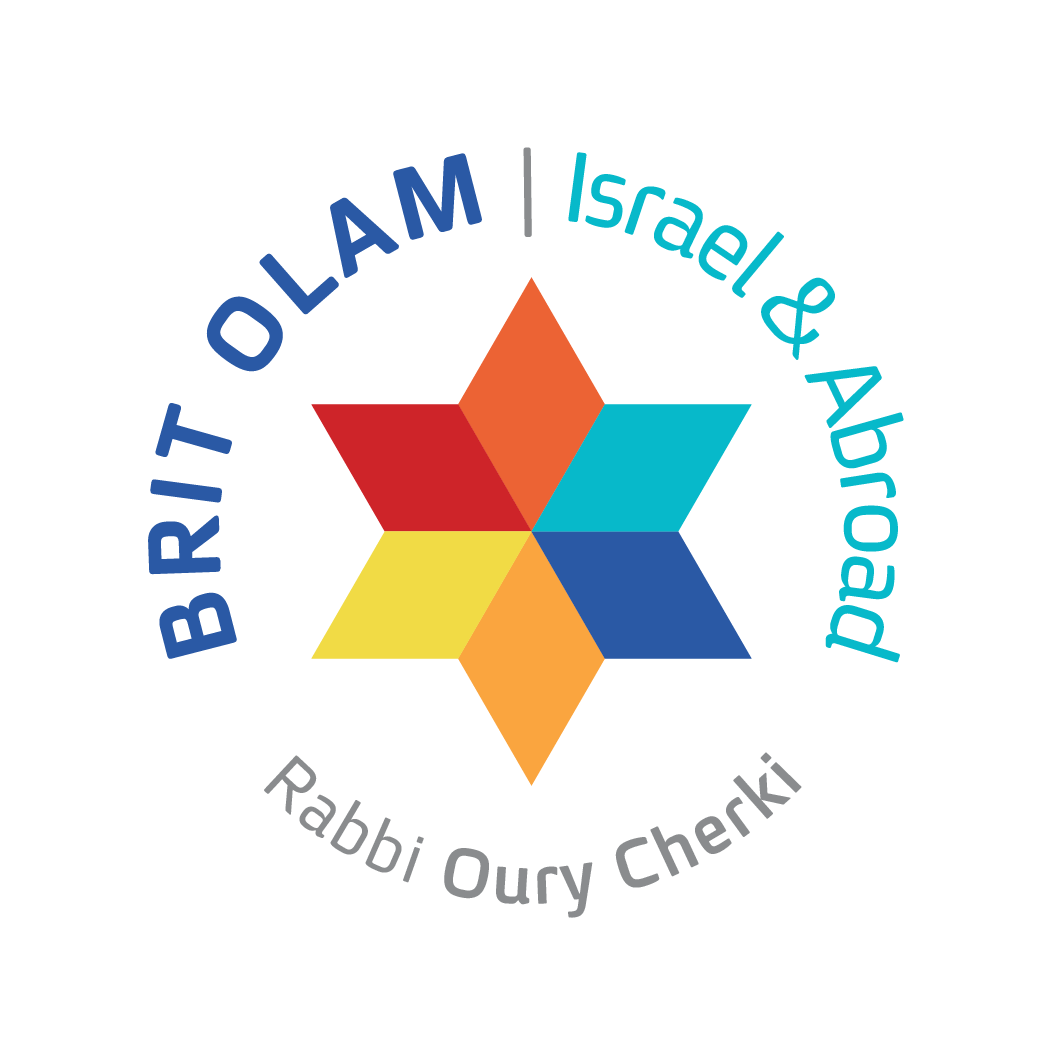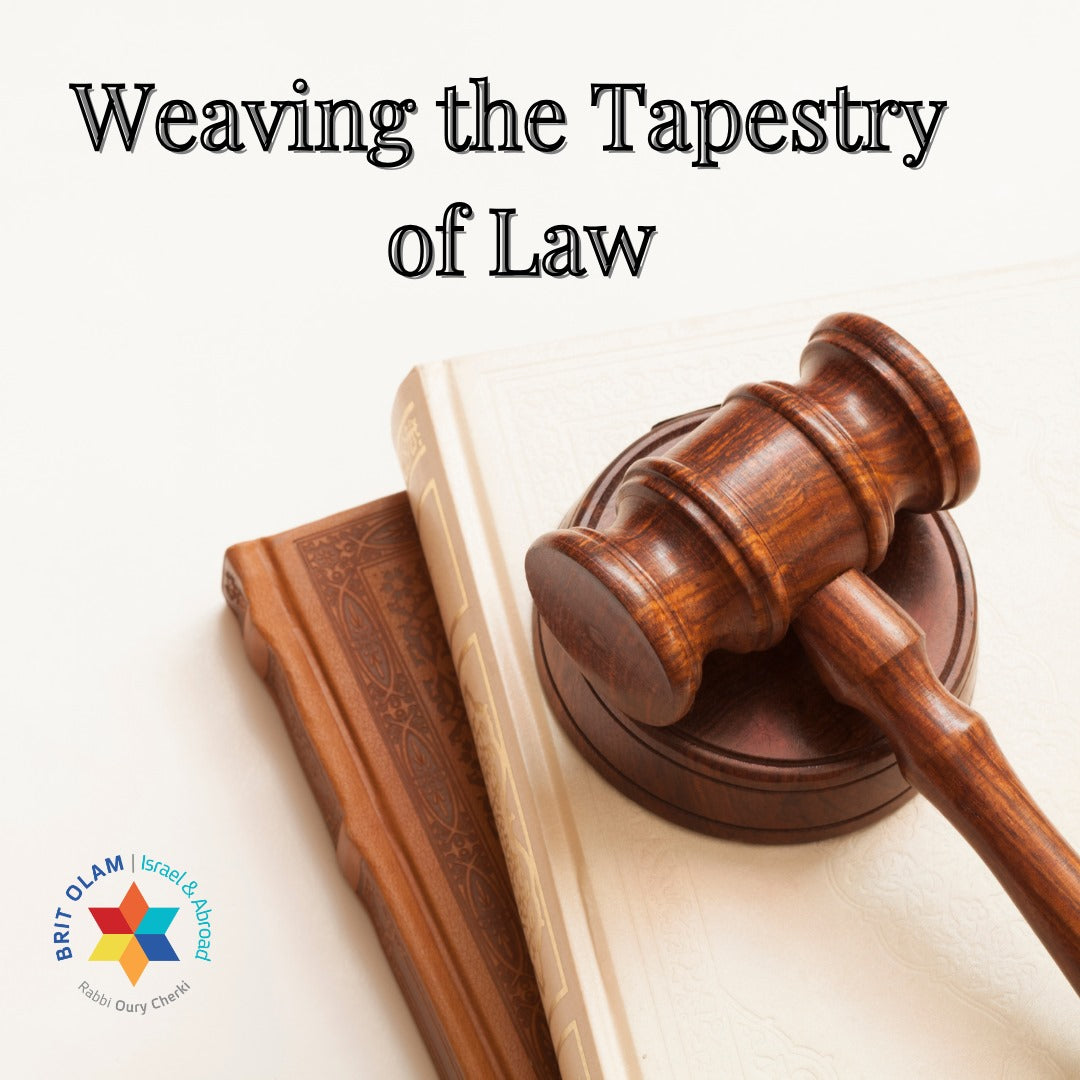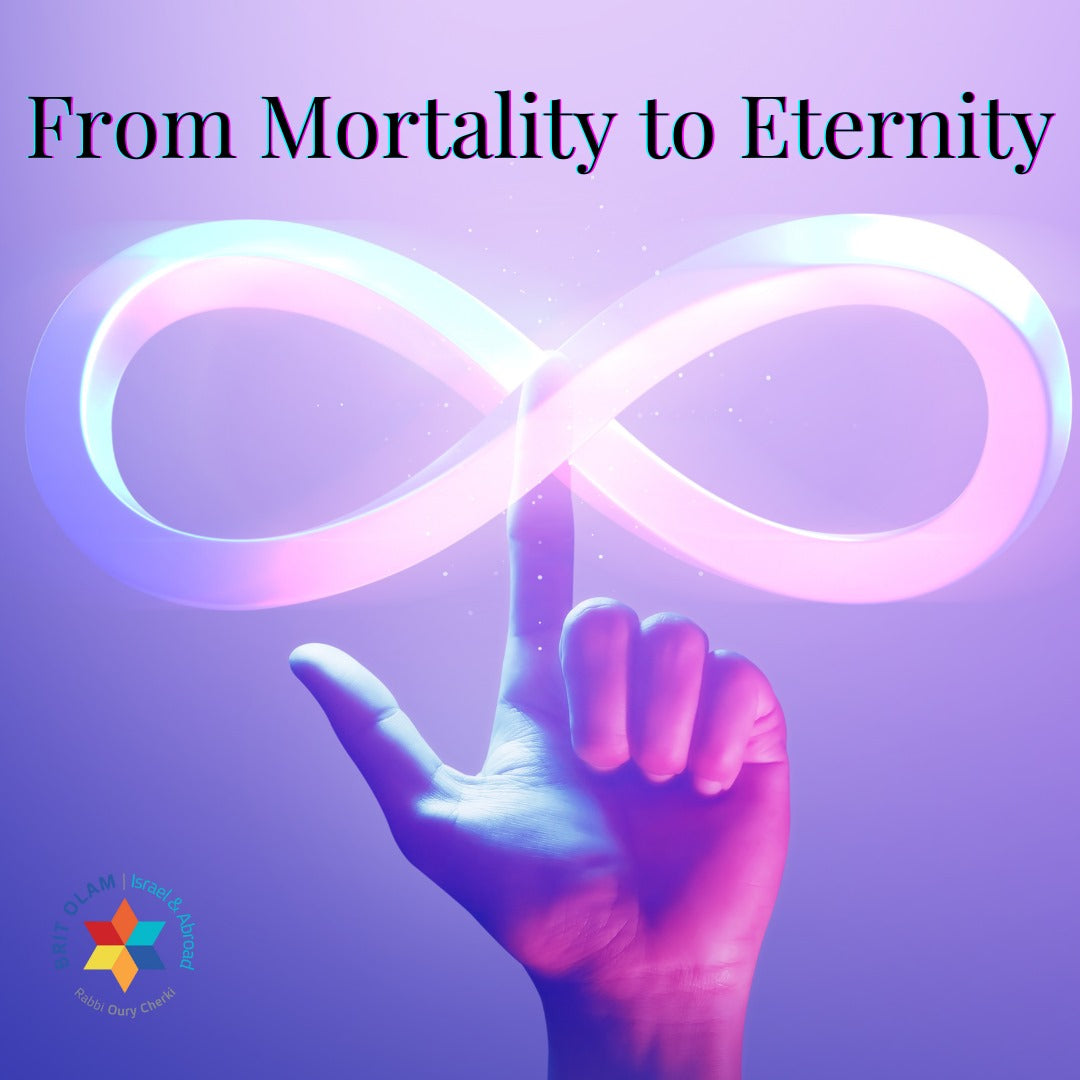NassoNasso Peraşası, Sotah (zina yaptığından şüphelenilen kadın), Nazir (Nazirite), ölülerle temas yoluyla ritüel olarak saf olmayan biri ve hırsız gibi çeşitli bireysel krizler ve aile krizleriyle doludur. Tora bize her spesifik konuyu nasıl ele almamız gerektiği konusunda rehberlik sağlar. Normdan her türlü sapma için benzersiz bir çözümümüz var.
Bu konulara odaklanmak önemlidir, ancak insanlar sürekli olarak bireysel sorunları çözmekle meşgul olduklarında, daha büyük bir topluluğa ait olduklarını unutabilirler. Herkes sadece kendi özel meselesini görüyor. Dolayısıyla bu eksikliği gidermek için Tora bize bireysel ve ailevi sorunların çözümüne yönelik bir çözüm ve reçeteler listesi sunduktan sonra hemen Birkat Kohanim'e (Rahiplerin Kutsaması) geri döner. Rahiplerin Kutsaması tüm İsrail için genel bir kutsamadır. Rahipler her zaman toplumun tamamının genel görüşünü ve kapsamını görürler. Tüm toplumun bu kapsamlı kutsamasından, "İsrailoğullarını işte böyle kutsayacaksınız." Nimet de her bireye ulaşır.
Rahiplerin Kutsaması üç seviyeye ayrılmıştır:
HaShem seni kutsasın ve korusun. HaShem, yüzünün size parlamasına ve sizi desteklemesine neden olsun. HaShem yüzünü size çevirsin ve size huzur versin.
HaShem... seni korusun" ilk kutsamadır. Bu kutsama servet için bir kutsamadır. Raşi, hırsızlardan "Seni kutsasın" - malların artsın; "ve seni korusun" der. Bu bir basit, birincil maddi kutsama ve HaShem'in "çehresinden" bahsetmiyor; sadece "HaShem seni kutsasın" diyor;
Bunun tersine, manevi kutsama, "Haşem, çehresini üzerinize parlatsın ve size iyilik etsin" ikinci kutsamadır, Tora'yı çalışarak bize gelen ruhsal aydınlanmanın kutsamasıdır. Bu nimette Haşem'in yüzü zikredilmektedir.
Bu iki kutsamadan sonra, İsrail'in her bir üyesinin içindeki içsel erdemin açığa çıkmasına yükseliyoruz: "HaŞem yüzünü size çevirsin ve size huzur versin." Bu, iç kaynaklarda "Nefeş, Ruah ve Neşama" olarak anılan, ruhun üç katmanı üzerine inşa edilen tam bir nimettir. Nefeş (Nefes) "HaShem seni kutsasın"a karşılık gelir, Ruah (Ruh) "HaShem çehresinin sana parlamasını sağlasın"a karşılık gelir ve Neşama (Ruh) "HaShem yüzünü sana çevirsin ve sana huzur versin" anlamına gelir "



